lunar eclipse have fascinated humanity for millennia, stirring curiosity and wonder about our celestial neighbors. In this blog, we’ll delve deep into the mechanics of lunar eclipses, their types, historical significance, cultural impacts, and how you can observe them.
What is a lunar eclipse ?
This event can only happen during a full moon when the Moon is on the opposite side of the Earth from the Sun.
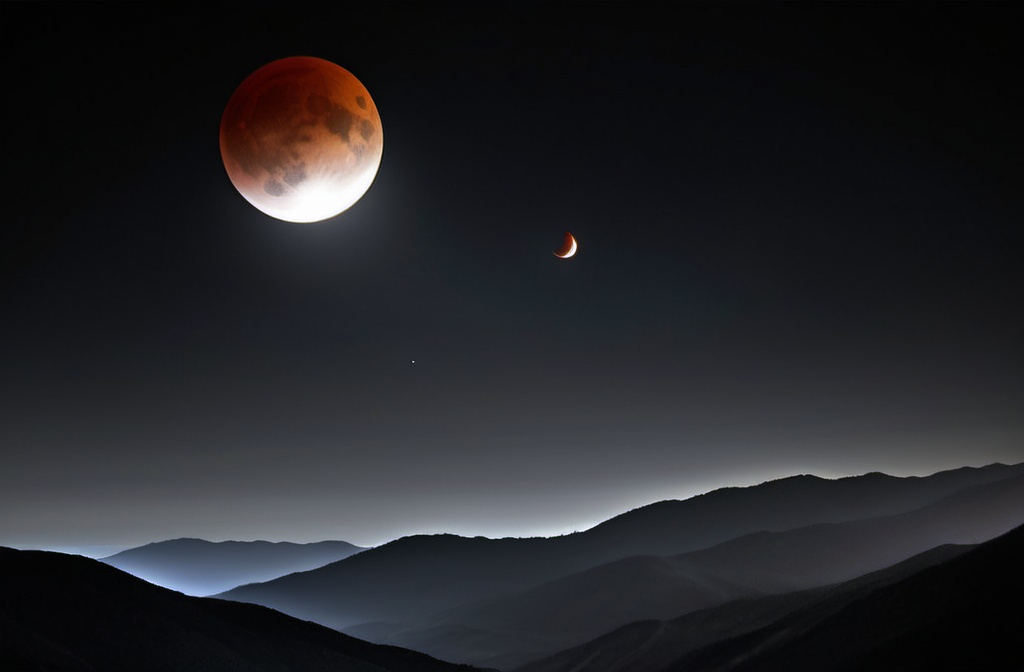
The Mechanics of a Lunar Eclipse
To understand a it’s essential to grasp some basic astronomy:
- Earth’s Shadow: The Earth casts a shadow into space that has three parts:
- Umbra: The darkest part of the shadow where all direct sunlight is blocked.
- Penumbra: The outer part of the shadow where only a portion of sunlight is blocked.
- Antumbra: The region beyond the umbra where the sunlight is only partially blocked.
- Full Moon: For a to occur, the Moon must be in its full phase, positioned directly opposite the Sun.
Types of Lunar Eclipses
- During this type of eclipse, the Moon often takes on a reddish hue, often referred to as a “Blood Moon.” This coloration occurs because Earth’s atmosphere scatters shorter wavelengths of light and allows the longer wavelengths (red light) to reach the Moon.
- Partial: In a partial, only a portion of the Moon enters the Earth’s umbra while the rest remains illuminated by direct sunlight.
- Penumbral: This type occurs when the Moon passes through the Earth’s penumbra. The shading is subtle, and the Moon may appear slightly darker than usual, but it’s often difficult to observe without careful scrutiny.
The Frequency of Lunar Eclipses
That can occur up to three times a year, but not every full moon results in an eclipse. The orbit of the Moon is tilted relative to the Earth’s orbit around the Sun, so the Moon usually passes above or below the Earth’s shadow. Eclipses only happen when the Sun, Earth, and Moon align closely enough, which occurs at specific points known as lunar nodes.
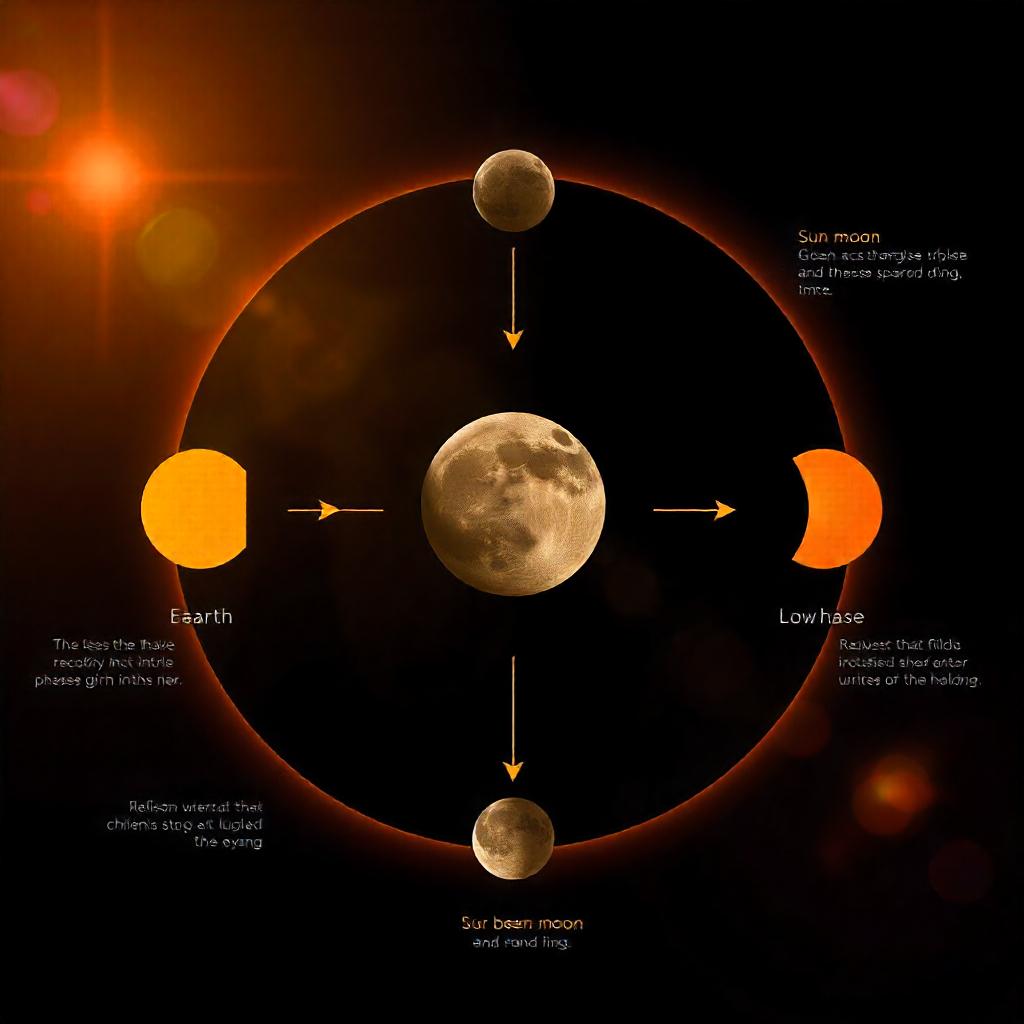
Historical Significance of lunar eclipse
Throughout history, lunar eclipses have held various meanings across different cultures:
- Ancient Civilizations: Many ancient cultures viewed as omens or signs from the gods. For example, in ancient Mesopotamia, were interpreted as bad omens for kings.
- Scientific Discoveries: have been instrumental in advancing our understanding of astronomy. For instance, the Greek philosopher Aristotle used to demonstrate that the Earth is spherical. He observed that the Earth casts a round shadow on the Moon during an eclipse.
- Navigational Aid: Mariners historically used as a way to calibrate their instruments, aiding in navigation and charting courses across oceans.
lunar eclipse Cultural Impacts and Folklore
Lunar eclipses have inspired a wealth of folklore and mythology around the world:
- Native American Tribes: Various tribes have their own stories and beliefs surrounding. Some view them as a time of change or renewal.
- Hinduism: In Hindu mythology, are seen as a time of inauspiciousness. Rituals often include fasting and prayers during these events.
- Mayan Civilization: The Maya were keen observers of celestial events and incorporated lunar eclipses into their calendars and agricultural practices.
How to Observe a lunar eclipse
If you’re interested in witnessing a here are some tips for a successful observation:
Preparation
- Check the Schedule: are well-documented events. Websites like timeanddate.com provide precise dates and times for upcoming eclipses in your location.
- Find a Good Location: Look for a spot with a clear view of the sky, away from city lights. Parks or elevated areas can provide an excellent vantage point.
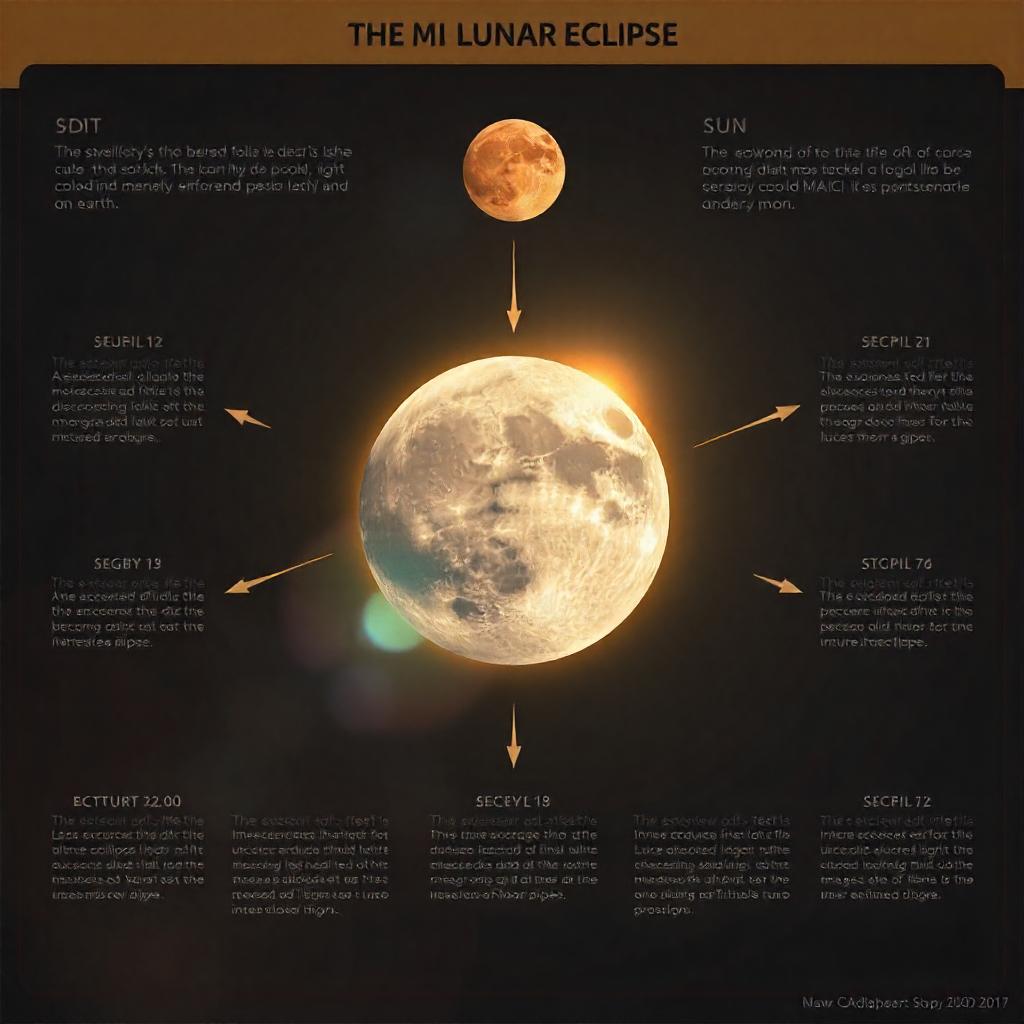
lunar eclipse Observation Gear
- Binoculars or Telescope: While lunar eclipses can be viewed with the naked eye, binoculars or a telescope can enhance the experience by providing a closer view of the Moon’s surface and the eclipse’s nuances.
- Camera: If you want to capture the event, use a camera with manual settings. A tripod is essential for stability.
- Sketching Materials: Some enthusiasts enjoy sketching the phases of the eclipse as it progresses.
lunar eclipse During the Eclipse
- Be Patient: occur gradually. Totality can last up to an hour or more, so take your time to enjoy the changing colors and shadows.
- Note the time, the colors you see, and any other details that strike you.
- Watching an eclipse together can be a memorable bonding experience.
The Science Behind the Color Changes
The phenomenon of the “Blood Moon” during a total is due to Rayleigh scattering, the same effect that makes sunsets red. As sunlight passes through the Earth’s atmosphere, shorter wavelengths (blue and violet light) scatter out, allowing the longer wavelengths (red light) to pass through and reach the Moon.
Future Lunar Eclipses
Lunar eclipses are predictable events, and astronomers can calculate when they will occur for centuries into the future. For instance, a notable series of known as the Tritos series, will take place in the coming years, providing multiple opportunities to witness this celestial spectacle.
Upcoming Notable Lunar Eclipses
- November 8, 2022: A total visible in North America, parts of South America, and Asia.
- May 15-16, 2022: Another total, famously referred to as a “Super Flower Blood Moon.”
- 2025 and Beyond: Multiple total and partial eclipses will be visible from various parts of the world, including a particularly notable one in 2025.
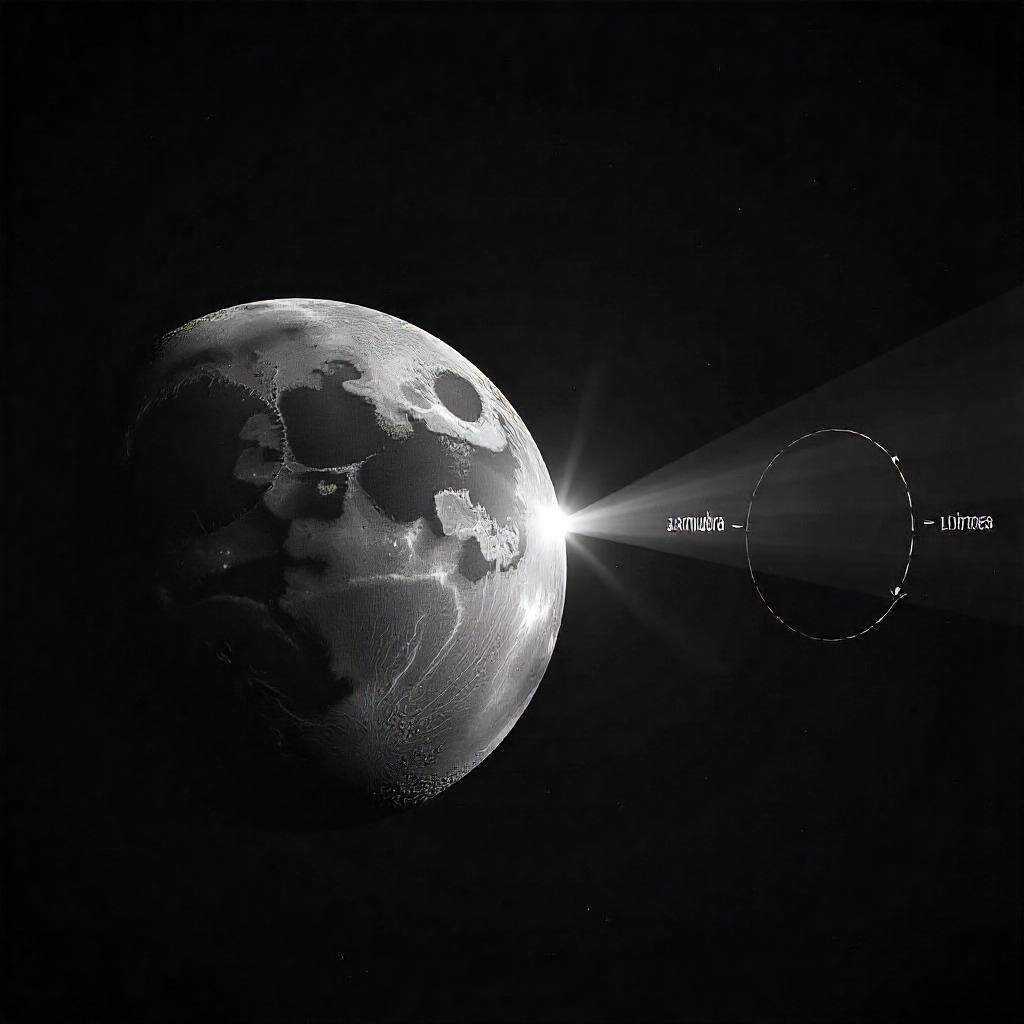
The Future of Lunar Eclipses in Research
Lunar eclipses are not just a phenomenon for casual observers; they are also vital for scientific research. For example, allow scientists to study the composition of Earth’s atmosphere by analyzing the light that reaches the Moon during an eclipse. This data can contribute to our understanding of atmospheric changes over time.
Additionally, have implications for future lunar missions. Understanding how lunar dust behaves during eclipses can help inform the design of landing and exploration missions.
Conclusion
Lunar eclipses are a captivating blend of science, history, and culture. They provide a unique opportunity for people around the world to connect with the universe and each other. Whether you are a seasoned astronomer or a curious novice, witnessing a can be a profound experience. As we look ahead to the future, we can expect these celestial events to continue inspiring awe and wonder, serving as a reminder of our place in the cosmos.
So, mark your calendars, gather your friends and family, and prepare for the next lunar eclipse. It’s an event that transcends time, connecting us all through the shared experience of gazing at the same moonlit sky.
Sure! Here’s a detailed overview of how occur and information about upcoming eclipses year by year.
How Lunar Eclipses Occur
Types of Lunar Eclipses
- Partial Lunar Eclipse: Only a portion of the Moon enters the Earth’s umbra, darkening part of the Moon.
- Penumbral Lunar Eclipse: The Moon passes through the Earth’s penumbra, causing a subtle shading that’s often hard to notice.
Upcoming Lunar Eclipses
2024
- March 25, 2024: A penumbral lunar eclipse, mostly visible in North America and Europe.
- September 18, 2024: A partial lunar eclipse, visible from Asia, Australia, Europe, and Africa.
2025
- February 20, 2025: A total lunar eclipse, visible in North America, South America, Europe, and western Africa.
- August 7, 2025: A partial lunar eclipse, visible in most parts of the world, except for some regions in Asia.
2026
- January 21, 2026: A total, visible from North America and parts of South America and Europe.
- July 7, 2026: A penumbral, visible in Asia, Africa, and parts of Europe.
2027
- November 28, 2027: A total lunar eclipse, visible in Europe, Africa, and parts of Asia.
General Frequency of Lunar Eclipses
Lunar eclipses can occur up to three times a year, though not every full moon results in an eclipse due to the tilt of the Moon’s orbit. The specific alignment necessary for an eclipse happens approximately every six months.
Summary
Lunar eclipses are fascinating astronomical events that can be observed relatively easily. By tracking the upcoming dates, you can prepare to witness these captivating occurrences. For more detailed and localized information, resources like NASA or timeanddate.com provide precise timings and visibility details tailored to your location.
Viewing a is generally safe for your eyes, unlike solar eclipses, which require protective eyewear.
Eye Safety During Lunar Eclipses
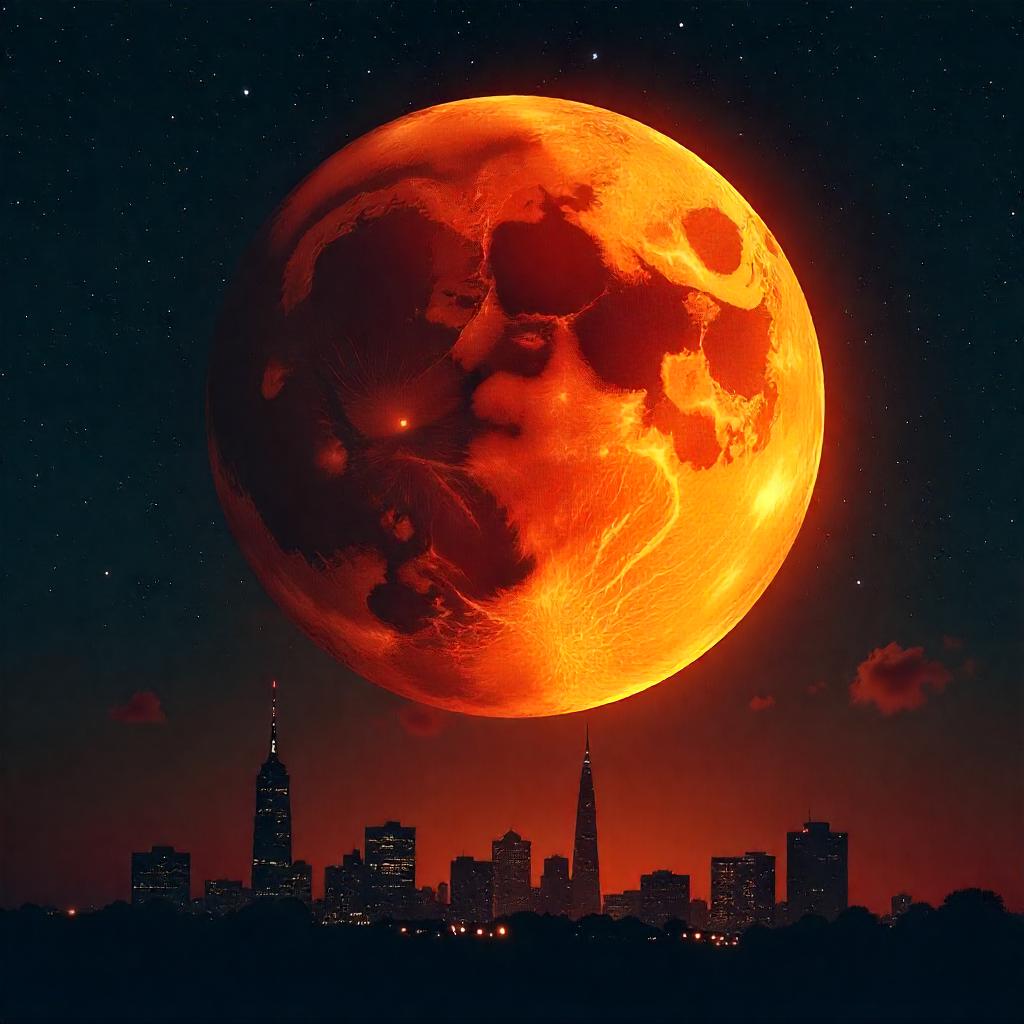
- No Special Protection Needed: Unlike solar eclipses, during a lunar eclipse, you can look directly at the Moon without any risk to your eyesight.
- Brightness Adjustment: When observing a lunar eclipse, the Moon may appear dimmer or take on a reddish hue. If you’re using binoculars or a telescope, ensure that the brightness is adjusted accordingly to avoid discomfort.
- Long Viewing Sessions: If you plan to observe the eclipse for an extended period, take breaks to avoid eye strain.
- Lighting Conditions: If you’re observing in low light, be cautious when moving around to avoid tripping or falling.
Potential Side Effects
While there are no direct harmful effects from looking at a lunar eclipse, here are a few potential side effects associated with nighttime viewing:
- Eye Strain: Prolonged focus on the Moon or through telescopes can lead to temporary eye strain. If you experience discomfort, take breaks and rest your eyes.
- Night Vision Adaptation: Your eyes may take time to adjust to the darkness if you’ve been in bright light before stepping outside. Allow a few minutes for your vision to adapt.
- Sensitivity: Some people may experience temporary sensitivity to light after looking at the Moon, especially during the transition phases of the eclipse.
Conclusion
Overall, pose no threat to eye health. They can be an enjoyable experience for sky watchers. Just remember to take breaks if you’re viewing for a long time and enjoy the celestial show!

I was recommended this blog by way of my cousin. I’m no longer positive whether or not this publish is written via him as nobody else know such certain about my difficulty. You are amazing! Thanks!
I must express my love for your kind-heartedness giving support to persons that absolutely need assistance with that idea. Your real dedication to getting the solution around was incredibly advantageous and have in most cases encouraged girls much like me to realize their objectives. Your amazing insightful facts entails much to me and additionally to my colleagues. Thanks a lot; from all of us.
Este site é realmente fabuloso. Sempre que consigo acessar eu encontro coisas boas Você também vai querer acessar o nosso site e descobrir detalhes! conteúdo único. Venha saber mais agora! 🙂
Great ?V I should definitely pronounce, impressed with your web site. I had no trouble navigating through all tabs as well as related info ended up being truly easy to do to access. I recently found what I hoped for before you know it in the least. Quite unusual. Is likely to appreciate it for those who add forums or anything, site theme . a tones way for your customer to communicate. Nice task..